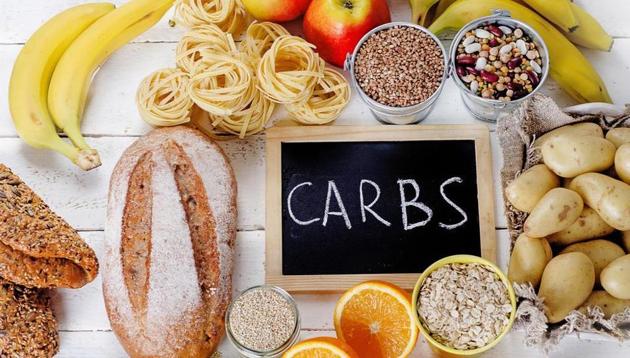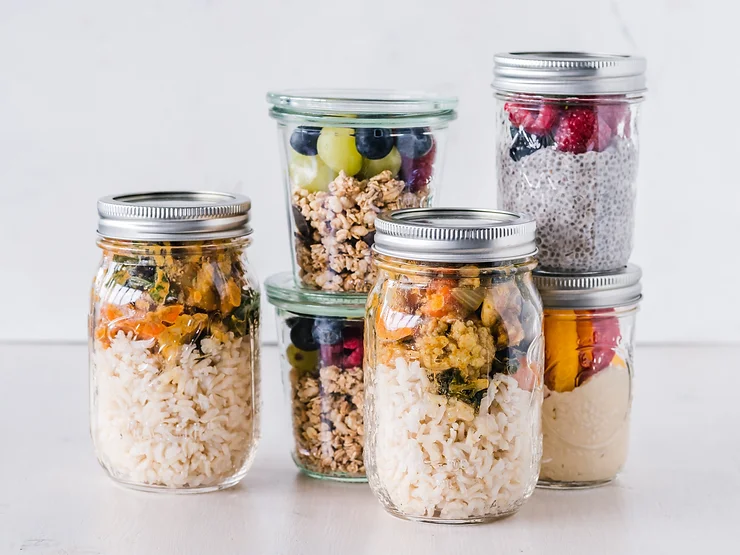An average American consumes around 17 teaspoons of added sugar daily, which is far beyond the recommended limit of 6 teaspoons for women and nine teaspoons for men. The problem isn’t always the obvious sugary treats; hidden sugars are often found in unexpected foods, even those that seem healthy. These hidden sugars can wreak havoc on your diet and health, contributing to weight gain, blood sugar spikes, and an increased risk of chronic diseases.
Here’s how hidden sugars are secretly sabotaging your diet and how you can fight back with a sugar-free diet.
What Are Hidden Sugars?
Hidden sugars are sugars that are not immediately obvious in food products. Unlike sugary snacks and drinks, which clearly list sugar in the ingredients, hidden sugars are often disguised under other names such as “corn syrup,” “honey,” or “agave nectar.”
Many packaged foods, such as sauces, granola bars, and even salad dressings, can contain significant amounts of hidden sugars. According to the American Heart Association, hidden sugars account for a large portion of the added sugars in many people’s diets, often without them realizing it.
The Impact of Hidden Sugars on Your Health
Consuming excess hidden sugars regularly can have a damaging impact on your health. Hidden sugars contribute to weight gain and fat storage by providing empty calories without any nutritional value. They also lead to blood sugar imbalances, which may increase your risk of Type 2 diabetes and insulin resistance.
Furthermore, research has linked high sugar intake to inflammation, heart disease, and even some cancers. Understanding where these hidden sugars are lurking is the first step toward better health.
How to Spot Hidden Sugars in Your Diet
To protect yourself from hidden sugars, it’s important to read food labels carefully. The word “sugar” can appear in many forms, including sucrose, glucose, high-fructose corn syrup, and others. Products that are labeled “sugar-free” can still contain sugar alcohols, which impact blood sugar levels. When shopping, choose foods with no added sugars or those labeled as “low sugar” or “sugar-free.” Fresh fruits, vegetables, and whole grains are naturally free from hidden sugars and should form the basis of any sugar-free diet.
The Benefits of a Sugar-Free Diet
Eliminating hidden sugars from your diet has immediate benefits. A sugar-free diet can help reduce your risk of obesity, improve your heart health, and stabilize your energy levels throughout the day. Studies have shown that people who reduce their added sugar intake experience better sleep, improved skin health, and even mood stabilization. The clarity of mind and better digestion that comes with cutting out hidden sugars is a powerful reasons to start your journey to a sugar-free lifestyle.
Taking Control of Hidden Sugars: Your Path to a Healthier Diet
Hidden sugars are more common than we realize and can be silently harming our health. They sneak into many of the foods we eat, from packaged snacks to seemingly healthy options like granola bars and sauces. By becoming more aware of the presence of hidden sugars and choosing to follow a sugar-free diet, you can take control of your health and avoid the long-term risks associated with sugar consumption.



